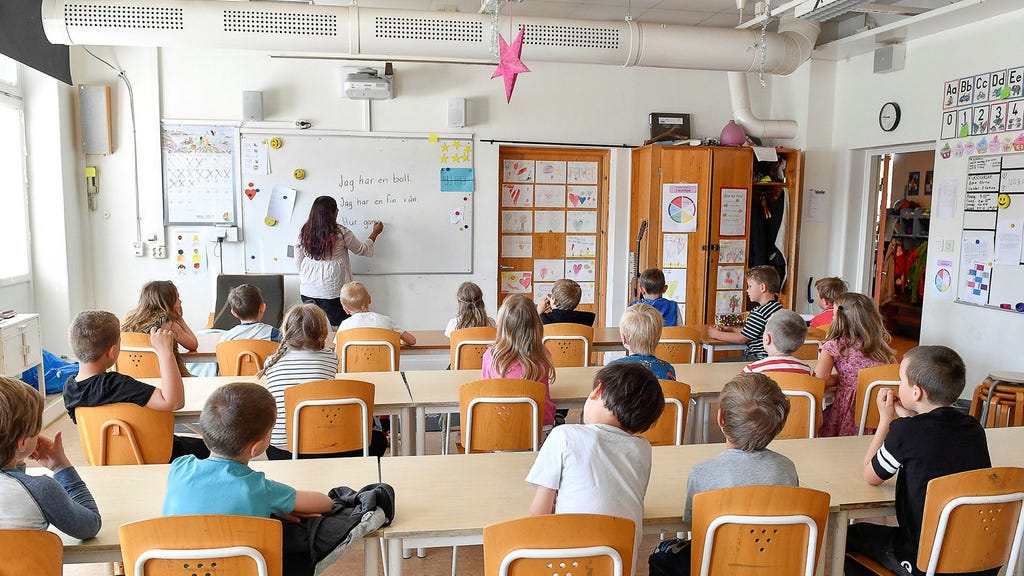The majority of municipalities in Sweden desire growth. A larger population translates not only to increased tax revenue but also projects an image of vitality and future prospects. Ribbon-cutting ceremonies for new schools, swimming pools, and cultural centers are a welcome sight for many local officials. Conversely, shrinking municipalities present a far less appealing scenario. Local politicians and officials are forced to make difficult decisions, closing schools, laying off staff, and facing the ire of protesting parents. Few view declining student numbers as an opportunity, yet it is precisely this perspective that Sweden as a whole should embrace.
The Swedish Association of Local Authorities and Regions (SKR) projected in its spring economic report a decrease of 200,000 children and young people under the age of 20 by 2033, representing a decline of over 8 percent. This demographic shift directly impacts the demand for school places, leading to the inevitable closure of both municipal and independent schools across the country, affecting both urban and rural areas. While seemingly challenging, this situation presents a unique opportunity for improvement, provided that municipalities develop strategic plans for managing this contraction effectively.
The key lies in proactively identifying and prioritizing the closure of underperforming schools that fail to provide students with the quality of education they deserve. Rather than viewing school closures as a purely negative consequence, they should be seen as a chance to consolidate resources and improve the overall educational landscape. This strategic downsizing allows for a more focused investment in the remaining schools, ensuring that resources are directed towards institutions that effectively serve their students.
Another significant advantage presented by declining birth rates is the potential to address the longstanding issue of teacher shortages. The SKR’s projections indicate that with fewer children entering the education system, the supply of teachers will more closely match demand by the end of the 2030s, with the exception of preschool teachers. While some variations are expected across different educational stages and subjects, the overall trend points towards a more balanced teacher-student ratio. This presents an invaluable opportunity to enhance the quality of education across the board.
This improved teacher-student ratio opens doors for several crucial improvements. First and foremost, it facilitates professional development opportunities for teachers, ensuring that a greater proportion of young people are taught by qualified and certified educators. Secondly, it allows for smaller class sizes, enabling more individualized attention and support for students, particularly those who require additional assistance. Smaller class sizes can also lead to more interactive and engaging learning experiences, fostering a deeper understanding of the subject matter.
Implementing these changes requires a strategic approach. The report suggests drawing inspiration from the 1969 curriculum, proposing that some schools enhance their instruction in core subjects like Swedish and mathematics. This can be achieved through mandatory supplementary lessons in small groups for struggling students or by offering all students bonus lessons in smaller classes. By piloting different approaches and evaluating their effectiveness, the most successful methods can be identified and implemented nationwide. This data-driven approach ensures that resources are utilized efficiently and that the chosen strategies deliver tangible improvements in student learning outcomes. This period of declining student numbers offers an unprecedented opportunity for educational reform and enhancement, a chance to address long-standing challenges and build a more robust and effective education system for the future. The focus should be on optimizing resources, prioritizing quality over quantity, and ensuring that every student has access to the best possible learning environment.














